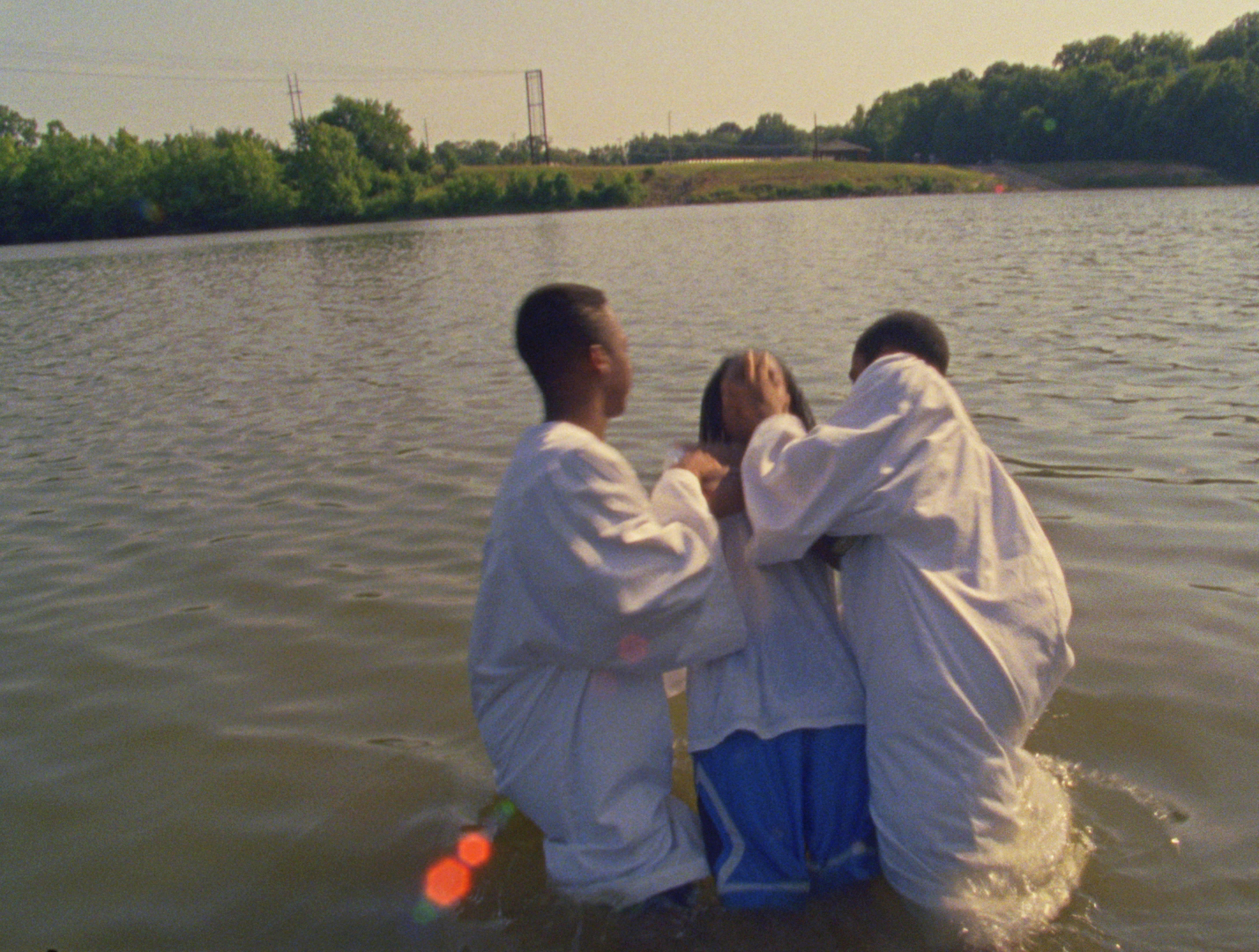Admission: $10 general/ $6 Cinematheque members
Advance tickets available here
Please note: This program is first in a two-part series. The second program, Sound That: Recent Short Films, screens May 20.
Join our Facebook event.
Based on extensive historical research and embodying a strong sense of place, the films of Kevin Jerome Everson combine scripted and documentary moments with a rigorous formalism, with his filmic subjects inspired directly by gestures, tasks, and conditions of working class African American life. Avoiding traditional strategies of cinematic realism, Everson instead focuses on actions and statements, which are then abstracted into theatrical gestures, re-editing or restaging archival footage, and incorporating non-actor performers enacting fictional scenarios based on their own lives. In these films, historical observations intermesh with contemporary narratives.
Everson appears in person to present The Island of St. Matthews (2013), a feature-length generational portrait of the citizens and surrounding landscape of Westport, Mississippi, a community frequently ravaged by flood, haunted by lost memories: A richly evocative and open-ended work and a beautiful example of Everson’s unique approach to the experimental documentary form, The Island of St. Matthews is a meditation on the loss of family history in the form of heirlooms and photographs. Years ago Everson asked his aunt about old family photographs. Her reply—that “we lost them in the flood”—was the catalyst for this film, a poem and paean to the citizens of Westport, a community just west of Columbus, Mississippi, the hometown of the filmmaker’s parents. Residents, young and old, are seen and heard reminiscing about the 1973 flood of the Tombigbee River. Everson combines these interviews and conversations, filmed in front of a church, at a beauty school, on porches and backyards, with sequences of a waterskier on the Tombigbee River, a worker at the lock and dam, and a young couple meeting with an insurance agent about flood insurance. The sound of a church bell—an original bronze sculpture made by the filmmaker and similar to the bell used to warn residents of an impending natural disaster—intones throughout, interspersed with a spare, elegiac score.
Also screening: Ten Five in the Grass (2012), an portrait of African American rodeo culture, filmed in Lafayette, Louisiana and Natchez, Mississippi.
